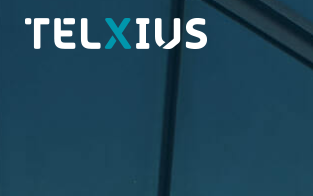Ericsson reported Q4 2020 sales of SEK 69.6 billion (approximately US$8.325 billion), up by 13% YoY mainly driven by sales in North East Asia, Europe and North America, when adjusted for comparable units and currency. Reported net income was SEK 7.2 (4.5) b.
Börje Ekholm, President and CEO of Ericsson, states "Our R&D investments have continued to drive both technology leadership and cost efficiency which have led to increased market share and improved financial performance. We are today a leader in 5G with 127 commercial contracts and 79 operating networks around the world. Organic sales grew by 5% for the full year. Our operating margin of 12.5% (5.0%) exceeded our 2020 target and reached the 2022 Group target range two years early."
Regarding Sweden and China, Ekholm states: "The Swedish telecom regulator’s decision to exclude Chinese vendors from 5G networks may create exposure for our operations in China. Our business in 180 markets today has been built on free trade and open, competitive markets. This has also ensured the development of a single global standard for mobile communication. It is critical that responses to the geopolitical situation safeguard the extraordinary value associated with those operating standards for 5G and beyond."
Some highlights:
Networks sales grew organically1 by 20%, reporting a gross margin of 43.5% (41.1%) for Q4. Ericsson saw continued high activity levels in North America and North East Asia.
Digital Services gross margin grew to 41.0% (38.1%) in Q4. From 2017 to 2020, gross margin excluding restructuring charges and items affecting comparability increased from 29% to 42%, as a result of streamlined product portfolio, fewer critical contracts, a growing portion of software sales and lower service delivery costs. The cloud-native 5G portfolio has a high win ratio and significant new customer contracts will start to generate revenues during the next 12-18 months.
Managed Services delivered a gross margin of 17.7% (15.4%) in Q4. Sales declined on operator consolidation in the US during 2020. The full-year 2020 operating margin was 8.1% – above the 5%-8% target.
Emerging Business and Other sales are growing in enterprise offerings such as IoT Platforms, complemented by the acquisition of Cradlepoint. Gross margin improved to 33.8% (15.1%) driven by operational leverage from growth and lower cost as a result of the exited Edge Gravity business.
https://www.ericsson.com/en/investors
Speaking on CNBC, Ekholm said the company plans to increase its presence in the United States.

















































